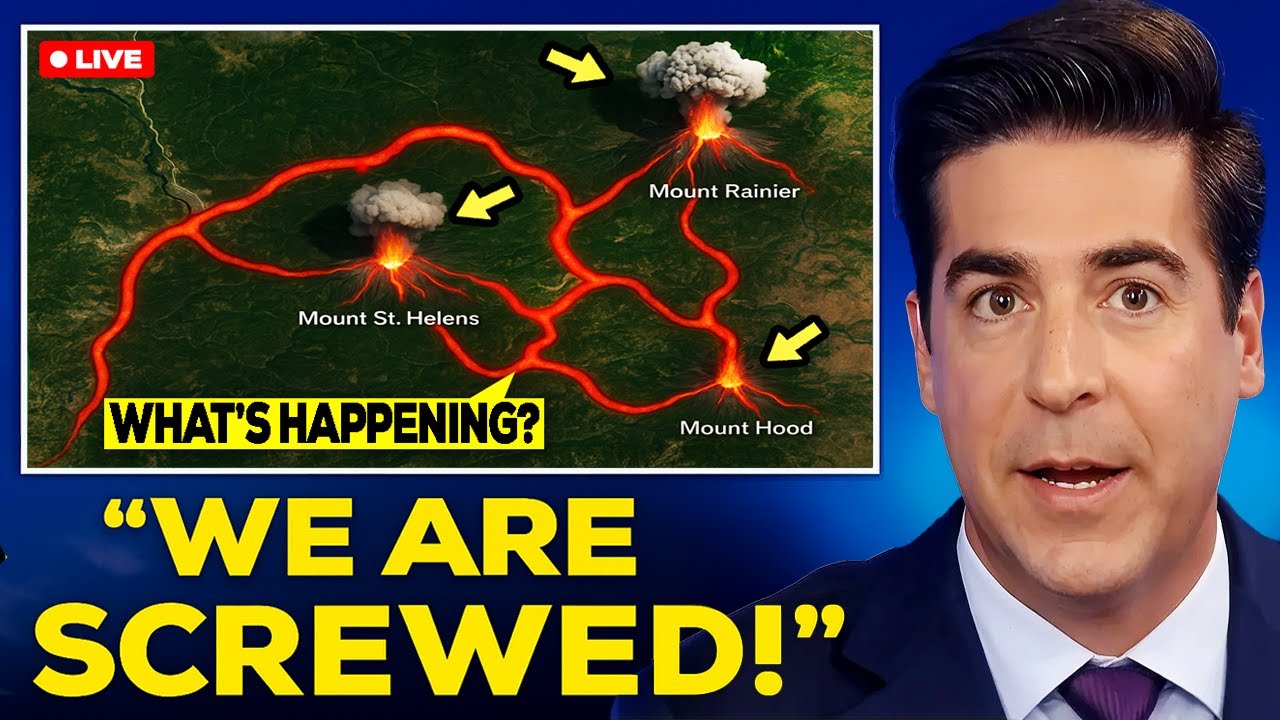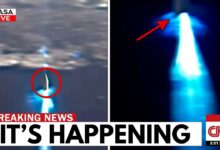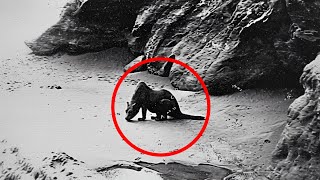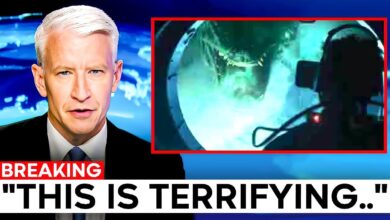USGS Issues RED ALERT After Satellite Detects Magma Tunnels Connecting Rainier to St. Helens & Hood

Scientists are growing alarmed as Mount Rainier, a massive snowcapped volcano near Seattle, shows escalating signs of unrest. Unlike Yellowstone, which often dominates volcanic fears, Rainier poses a different threat due to its massive glaciers that could trigger deadly lahars—rivers of mud and debris—if melted during an eruption.
In April 2025, deep earthquakes began shaking Rainier’s southern flank, accompanied by low-frequency tremors suggesting magma movement upward. Satellite data confirmed the ground swelling, gas levels spiked, and thermal images revealed hot spots under the summit.
Meanwhile, a mysterious seismic signal called “the echo,” pulsing every 11 hours from deep within the Earth, has baffled scientists, as it resembles signals detected before other major eruptions.
The unrest spread along the West Coast, with tremors reaching Mount Hood, Mount Shasta, and even the southern San Andreas fault, hinting at possible regional stress transfer that could provoke further volcanic or seismic events.
By May 4, 2025, the USGS issued a rare Red Alert for Mount Rainier, warning that an eruption could be imminent or underway. Rainier’s true danger lies in its potential to unleash lahars capable of racing at 60 mph, threatening over 150,000 residents in nearby valleys with as little as 40 minutes to escape.
INSAR satellite technology confirmed over 3 cm of uplift in two weeks—a clear sign of magma intrusion. Steam vents, chemical gas spikes, and even small acoustic explosions have been detected, signaling mounting pressure.
Experts fear this could be more than just a localized event. Seismic disturbances are being recorded across the Cascade Range, raising the possibility of a chain reaction of volcanic awakenings. The region’s interconnected geology means one eruption could destabilize fault lines or neighboring volcanoes, potentially triggering a broader crisis.
Compounding the hazard is inadequate preparedness: faulty sirens, missing evacuation signs, and widespread misinformation have revealed gaps in emergency response. Local communities remain on edge, unsure whether Rainier’s next move will be minor venting or a catastrophic eruption.
While the mountain continues to pulse ominously beneath its glaciers, scientists race to interpret the signals and warn that the next few weeks could be crucial in determining whether Rainier’s rumblings are a false alarm—or a prelude to disaster.








